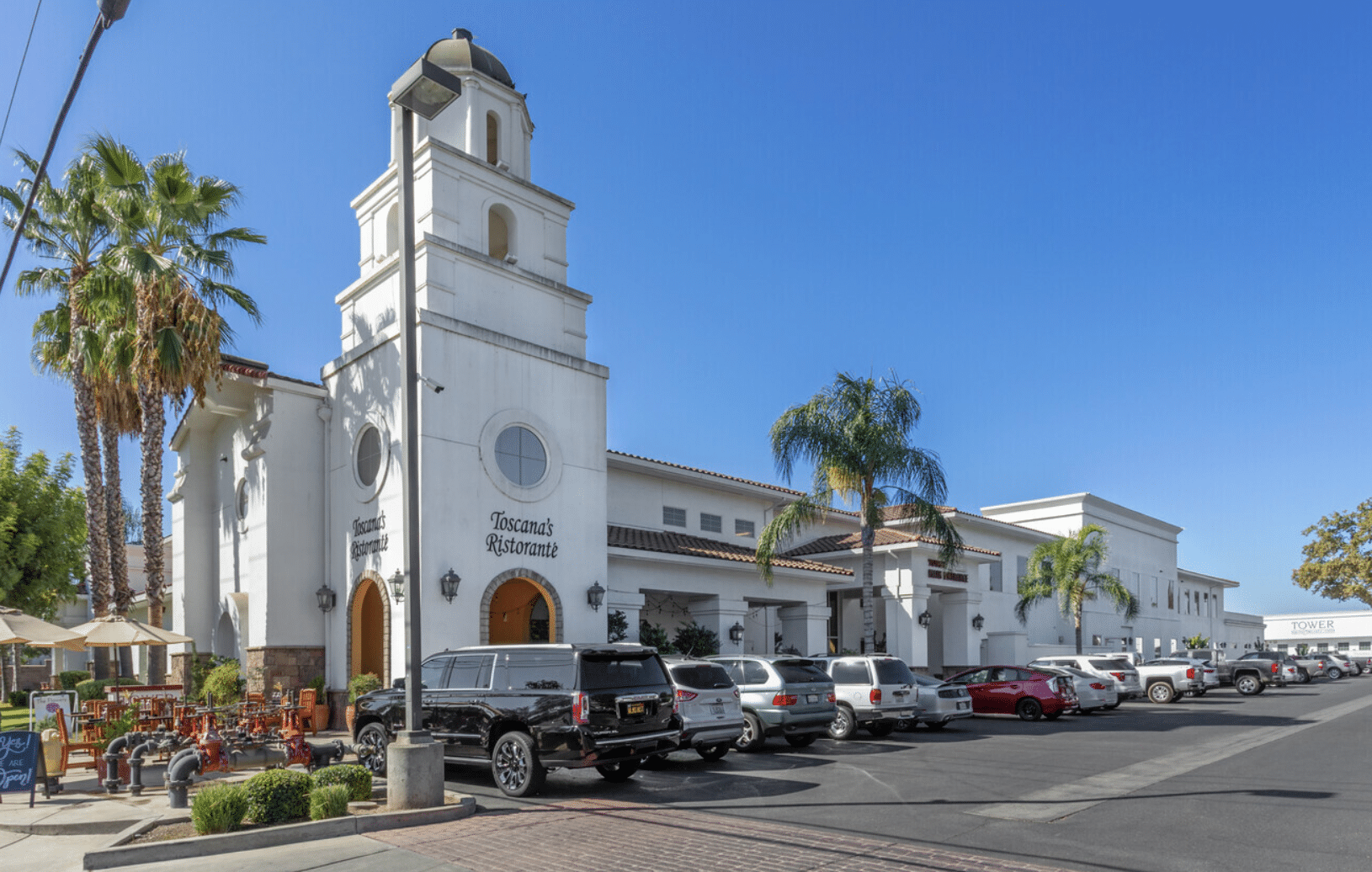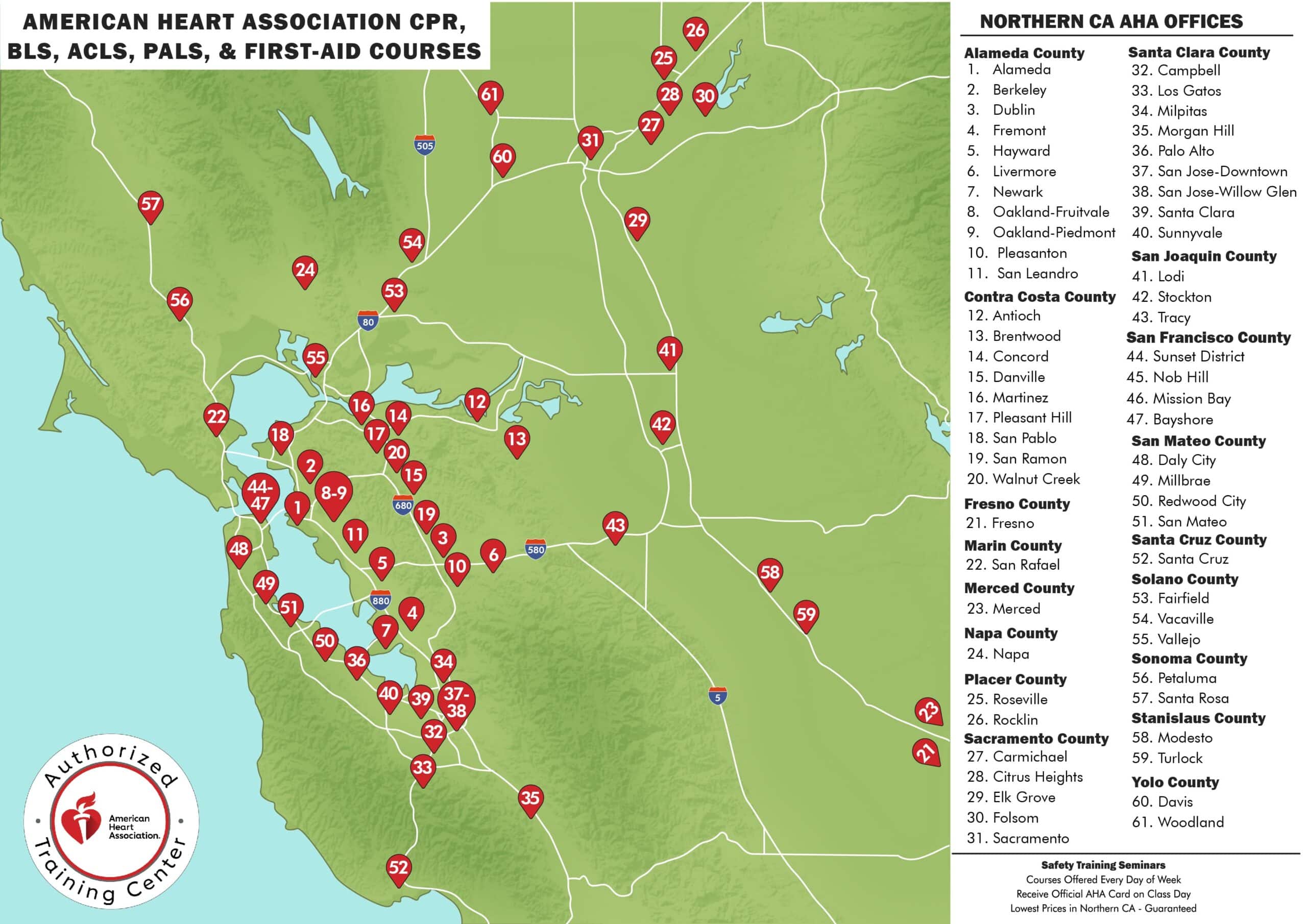
CPR Classes in Turlock
BLS, ACLS, PALS, CPR & First-aid Classes
Cities Close to Turlock, CA
What is American Heart Association RQI
The American Heart Association RQI (Resuscitation Quality Improvement) program is one of the most popular, modern, and efficient ways for medical and healthcare professionals to receive their official American Heart Association BLS, ACLS, and PALS certification cards.
Three Easy Steps
1. Take the American Heart Association online course at home (a few hours).
2. Arrive to one of our over 55 local offices and practice with the VAM (voice assisted manikin).
3. Receive your certification card on the day of the class.
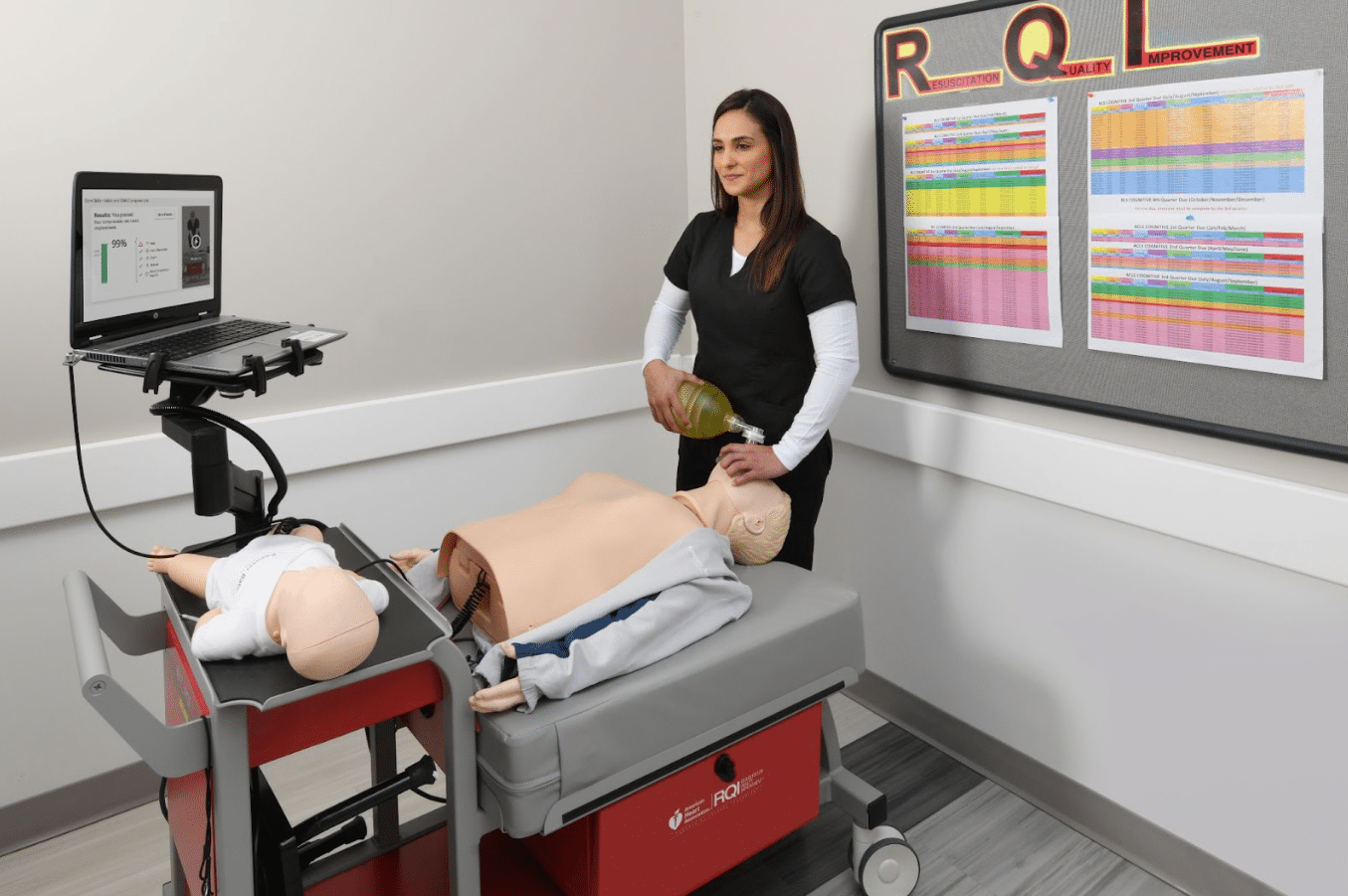
About American Heart Association RQI
Entry Instructions for Turlock CPR Classroom
Turlock: A Picturesque Gem on San Francisco Bay
Nestled in the fertile heart of California’s Central Valley, Turlock, California, stands as a vibrant blend of agricultural richness and modern lifestyle. With its expansive farmlands, diverse community, and evolving urban landscape, Turlock has rightfully earned its reputation as a vital agricultural hub and a thriving municipality.
The city of Turlock is steeped in history, tracing its roots back to its establishment in the late 19th century. Originally a railroad stop, it grew rapidly due to its agricultural potential, with its name possibly derived from “Turlough,” indicating seasonal lakes in Ireland, reflecting the founders’ heritage and the area’s natural features.
As time progressed, Turlock evolved into a vibrant community, attracting a diverse range of residents attracted by the opportunities in agriculture, education, and business. Today, its neighborhoods reflect this multicultural heritage, offering a tapestry of architectural styles, from historical farmhouses to modern residences. The city streets, lined with lush trees and well-maintained parks, provide a welcoming environment for residents and visitors to enjoy.
One of Turlock’s most distinctive features is its commitment to community and agriculture. The city is surrounded by some of the most productive farmland in the nation, emphasizing its role as a cornerstone of the Central Valley’s agricultural sector. The Turlock Farmers’ Market, a local favorite, showcases the bounty of the region with fresh produce, handmade goods, and lively events, serving as a community gathering spot and a link to the area’s agricultural roots.
In addition to its natural and agricultural beauty, Turlock boasts a vibrant cultural scene that celebrates its diverse community. The Carnegie Arts Center stands as a focal point for the arts, offering exhibitions, performances, and education programs that enrich the community. Meanwhile, the lively Main Street hosts a variety of shops, restaurants, and cafes, contributing to the city’s blend of old-world charm and contemporary vibrancy.
Education is highly valued in Turlock, with several well-regarded schools and higher education institutions, including California State University, Stanislaus. The presence of a major university fosters a vibrant educational atmosphere that draws students and families to the city, nurturing an environment that promotes growth and learning.
Turlock also celebrates its history and community with a variety of events and festivals throughout the year, such as the Stanislaus County Fair, which brings together the best in agricultural exhibits, live entertainment, and local cuisine, emphasizing the city’s agricultural roots and communal spirit.
Turlock’s strategic location in the Central Valley and its access to major highways make it a desirable place to live for those involved in agriculture, education, and various professional sectors. However, the city’s distinctive character, relaxed pace of life, and friendly atmosphere make it a cherished home for its residents.
In conclusion, Turlock, California, is a unique blend that captivates with its rich agricultural heritage, vibrant cultural scene, and community spirit. Its significant role in California’s agriculture, combined with a strong sense of community and quality of life, creates an environment that welcomes both residents and visitors with open arms. Whether exploring its educational opportunities, enjoying local produce, or participating in community events, Turlock offers an enriching experience that resonates with all who visit or call it home.
Life-Saving Skills: Exploring CPR, BLS, ACLS, and PALS Classes
In the realm of emergency medical care, few skills are as crucial as Cardio-Pulmonary Resuscitation (CPR) and Advanced Cardiac Life Support (ACLS), Basic Life Support (BLS), and Pediatric Advanced Life Support (PALS) techniques. These life-saving techniques form the backbone of first response and medical intervention, often making the difference between life and death in critical situations. Let’s delve into the significance of each of these classes and their role in maintaining public health and safety.
Cardio-Pulmonary Resuscitation (CPR): CPR is a fundamental life-saving technique that can be administered by trained individuals to sustain blood circulation and provide artificial respiration when a person’s heart has stopped beating. CPR involves a combination of chest compressions and rescue breaths, aimed at keeping oxygenated blood flowing to vital organs until professional medical help arrives. CPR classes provide participants with the skills to recognize cardiac arrest, perform effective chest compressions, and deliver rescue breaths. These classes are vital for both medical professionals and laypersons, empowering them to respond swiftly and effectively in emergencies.
Basic Life Support (BLS): BLS takes CPR skills to the next level by incorporating additional techniques and equipment usage. BLS classes are designed for healthcare providers, including doctors, nurses, paramedics, and emergency medical technicians (EMTs). Participants learn how to assess a patient’s condition, deliver high-quality CPR, and use automated external defibrillators (AEDs) to restore a regular heartbeat. BLS training emphasizes teamwork, effective communication, and quick decision-making to optimize patient outcomes during cardiac emergencies.
Advanced Cardiac Life Support (ACLS): ACLS is an advanced course tailored for healthcare professionals who are involved in the management of cardiac arrest and other cardiovascular emergencies. ACLS builds upon the foundation of BLS and focuses on identifying and treating potentially life-threatening conditions such as stroke, myocardial infarction, and arrhythmias. Participants learn to interpret electrocardiograms (ECGs), administer medications, and perform advanced airway management. ACLS classes equip medical personnel with the skills to respond confidently to complex cardiac scenarios, ensuring comprehensive care for critically ill patients.
Pediatric Advanced Life Support (PALS): PALS training is geared towards healthcare providers who care for infants and children during emergencies. Pediatric patients have unique physiological needs, making PALS classes essential for those working in pediatrics, emergency medicine, and intensive care. PALS courses cover topics such as pediatric assessment, effective respiratory support, and the management of pediatric cardiac arrest. Participants gain the knowledge and skills necessary to provide specialized care and interventions that can make a critical difference in the outcomes of pediatric emergencies.
NRP, or Neonatal Resuscitation Program, is a critical medical initiative that focuses on saving newborns who struggle to breathe at birth. This specialized training equips healthcare providers with the skills to assess and manage respiratory distress in infants. NRP emphasizes a systematic approach, teaching effective ventilation techniques and chest compressions if needed. Regularly updated guidelines ensure that participants stay current with the best practices in neonatal care. By enhancing healthcare professionals’ abilities to respond swiftly and effectively to newborn respiratory challenges, NRP plays a vital role in improving infant survival rates and ensuring a healthier start to life.
First-aid classes offer indispensable life skills that empower individuals to respond confidently in emergencies. These structured courses cover a spectrum of situations, from minor injuries to critical incidents, teaching participants how to provide immediate care before professional help arrives. Participants learn to administer CPR, treat wounds, manage choking, and address common health crises. Hands-on training fosters essential skills and boosts confidence, enabling swift and effective action in times of need. First-aid classes are invaluable for workplaces, homes, and communities, creating a network of capable first responders. Mastering these skills not only saves lives but also fosters a safer and more prepared society.
Incorporating these life-saving techniques into healthcare systems, workplaces, and communities can significantly enhance the response to medical emergencies. Quick and effective interventions provided by individuals trained in CPR, BLS, ACLS, and PALS can stabilize patients and improve their chances of survival before professional medical assistance arrives. Moreover, these classes promote a culture of preparedness, empowering individuals to step forward and take action when faced with emergency situations.
In conclusion, American Heart Association CPR, BLS, ACLS, and PALS classes play an indispensable role in equipping individuals with the skills and knowledge needed to respond effectively to various medical emergencies. These courses bridge the gap between bystander assistance and professional medical care, ultimately contributing to improved patient outcomes and increased survival rates. By investing in these life-saving classes, individuals and healthcare professionals alike become vital links in the chain of survival, ensuring that timely and appropriate care is delivered when it matters most.
Our Blog
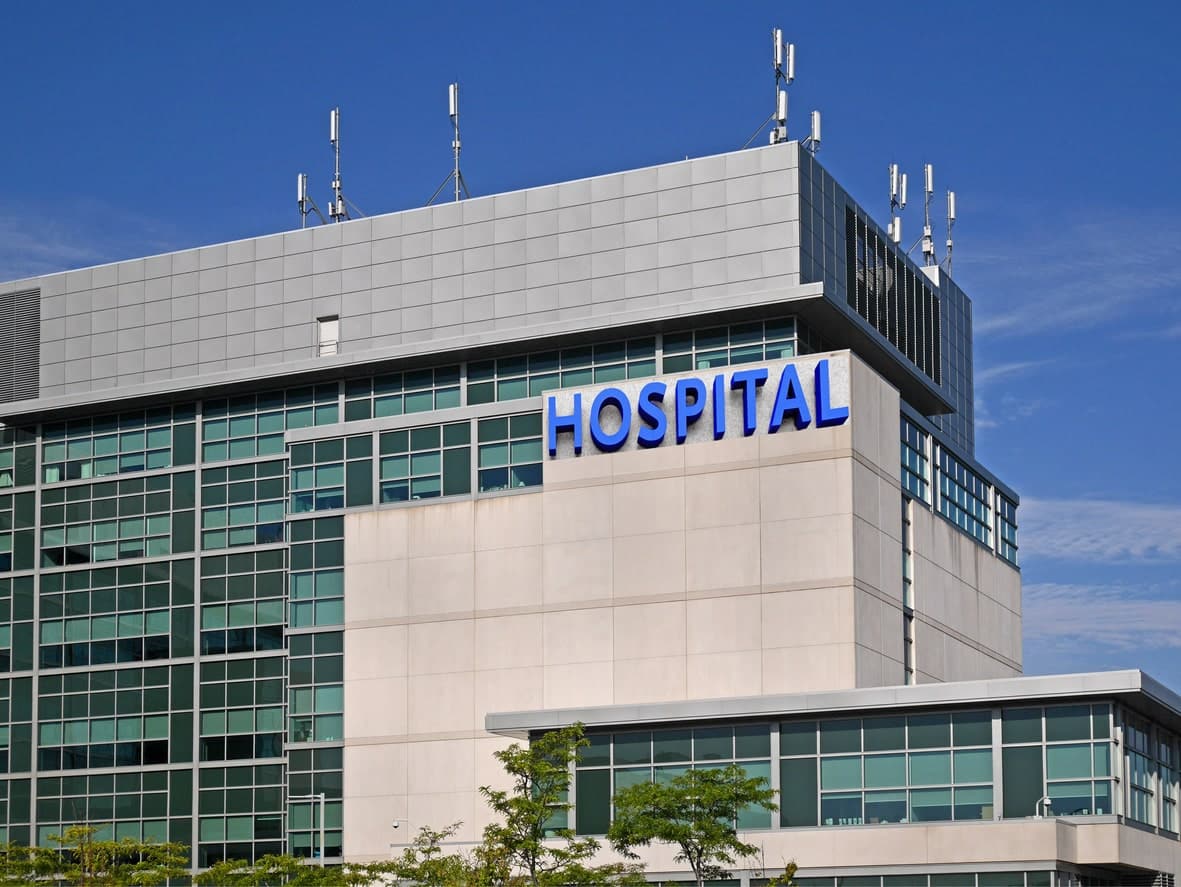
Hospitals & Medical Centers in Turlock
Stay informed, stay prepared, and take proactive steps towards maintaining your health with the exceptional medical institutions in Turlock, CA.
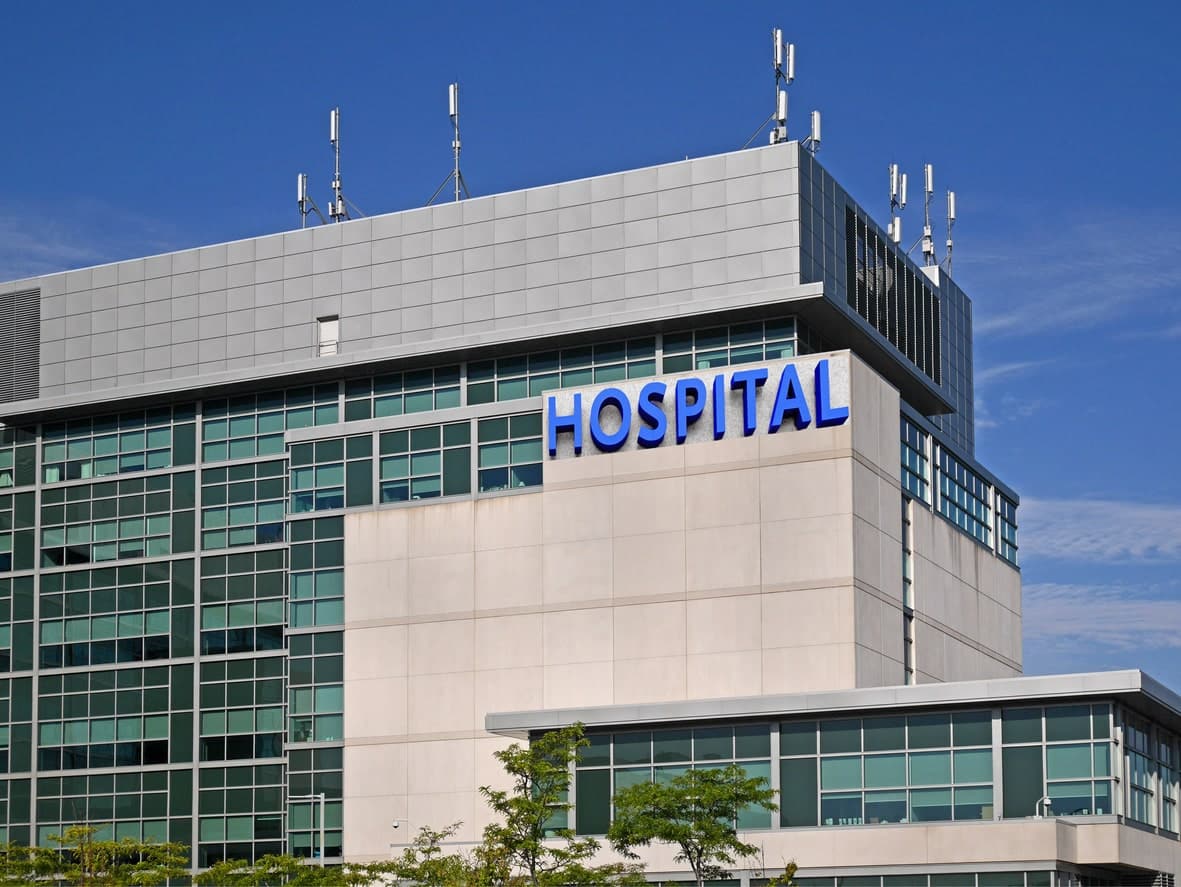
Hospitals and Medical Centers in Alameda, CA
Navigating healthcare complexities can seem overwhelming, akin to finding your way on a foggy day in the Bay Area. However, for Alameda residents and visitors
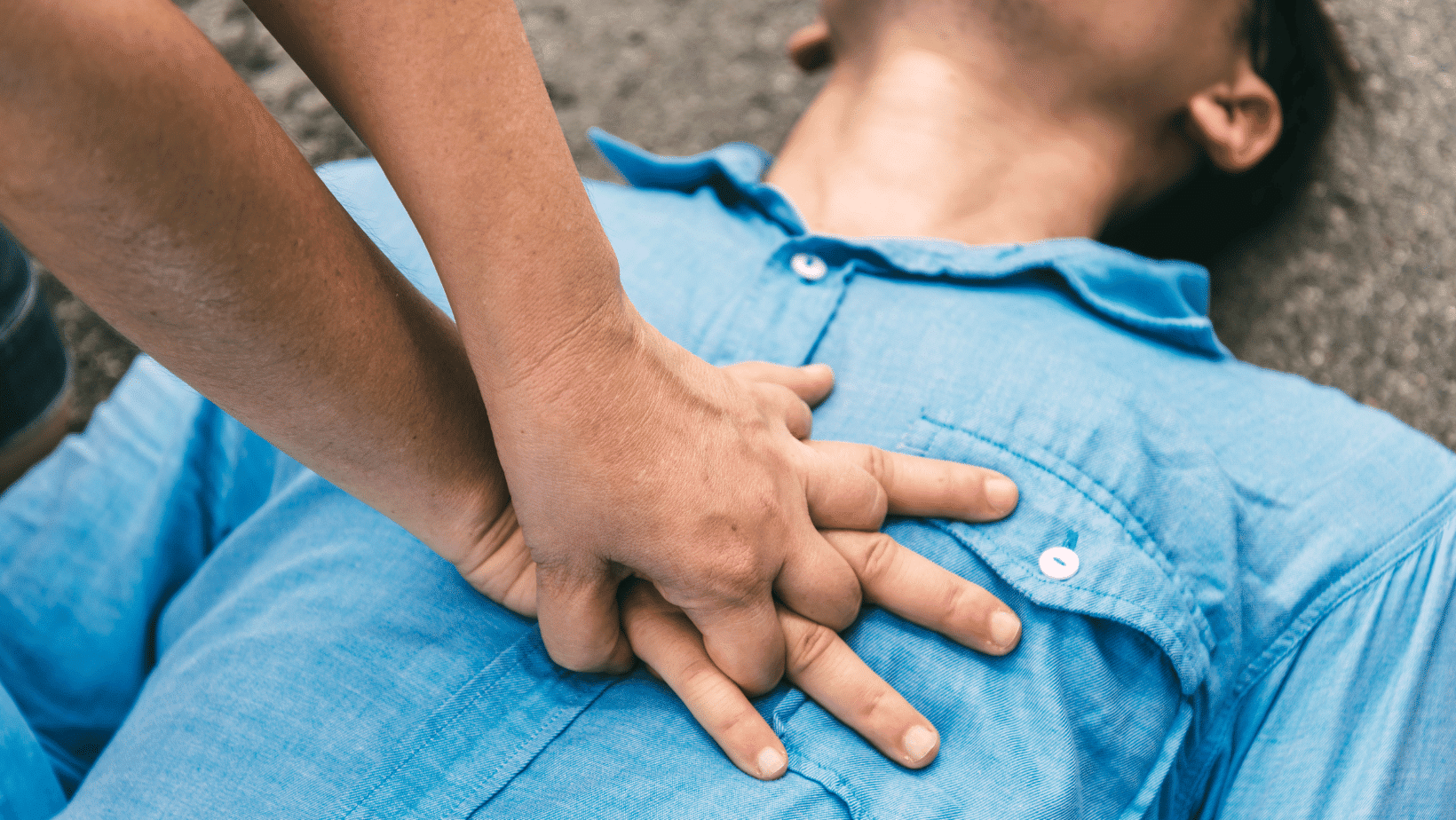
Psychological Recovery for CPR Survivors
Surviving a cardiac arrest is a life-changing event. The immediate aftermath of receiving Cardiopulmonary Resuscitation (CPR) can be fraught with a myriad of emotional and
